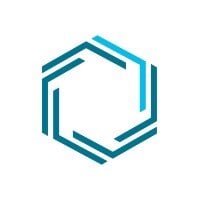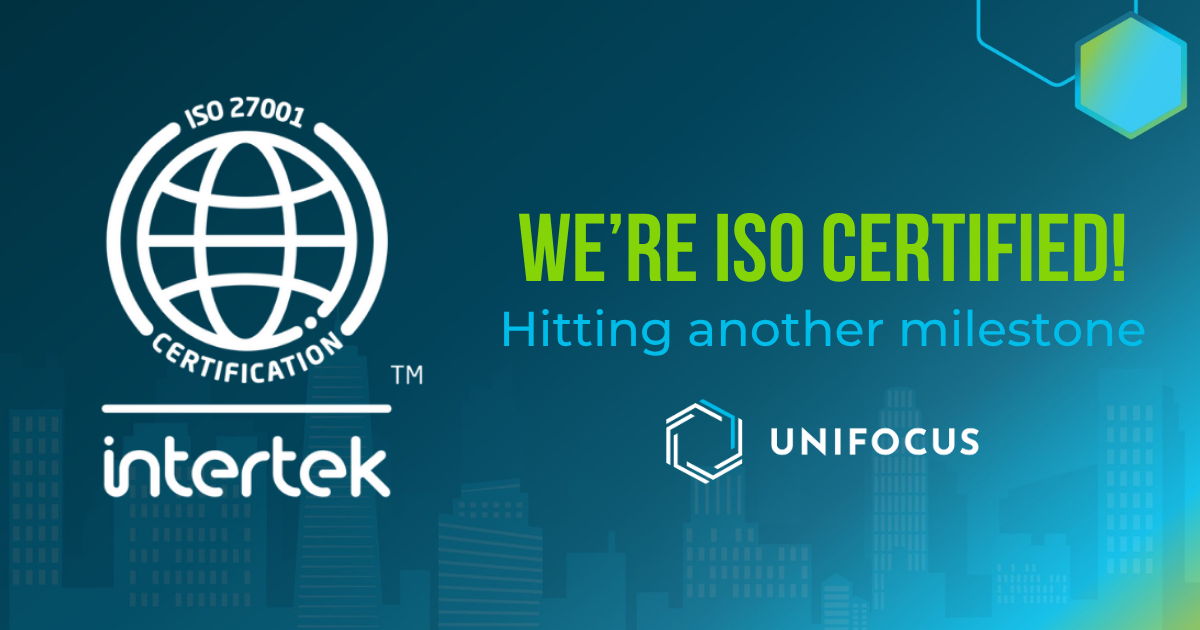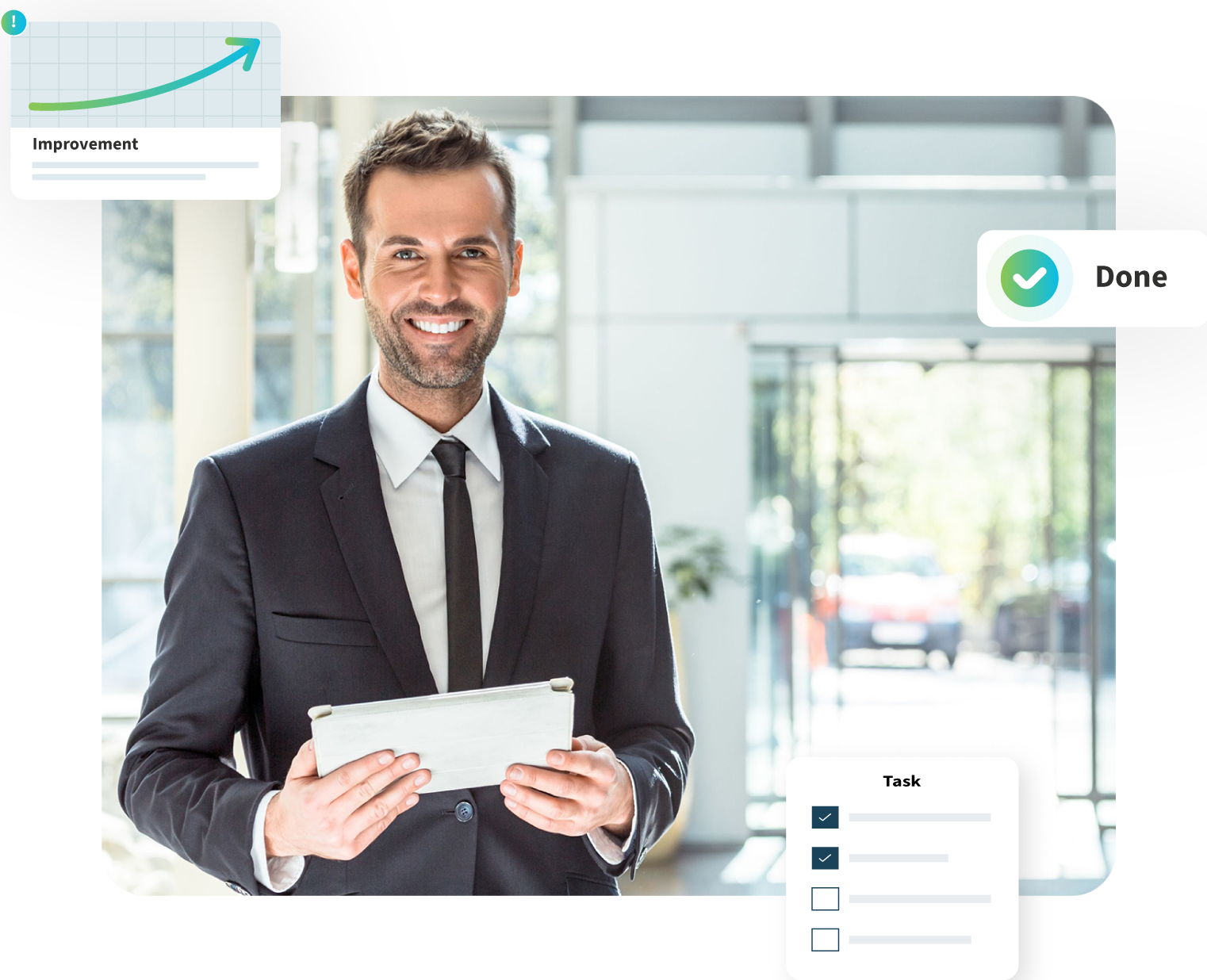March 2016 - Published in Hotel Business Review - by Mark Heymann - The hotel industry spends a great deal of money today promoting and attracting customers, with the intent to gain market share, increase total revenue and drive top-line performance. But with all the technology developed and time and energy expended on maximizing the top line, rate and even occupancy are still highly driven by a hotel's competitive market. Within a competitive city market, you won't find a hotel getting a dramatic increase in rate over its direct competitors unless its location is very unique.
While driving revenue will continue to be of primary importance, especially for the franchisor, operating CEOs also need to heighten their focus on driving results to the bottom line. To do so without sacrificing market share, however, requires keeping operating costs in line not only with financial goals but also with service delivery goals. The solution is to find the point at which intent to recommend and return remains high while creating a least-cost structure for service delivery.
The Technological Advantage
A bottom-line focus requires a hotel's operating team to have a level of skill comparable to that of their revenue managers. But while many revenue managers, both regional and on-site, use yield management systems to simplify complicated analyses and put sophisticated data at their fingertips, few operators take full advantage of the advanced technology available that can similarly help with cost and service performance optimization.
This is particularly true in the workforce management arena, where typically more money is spent on systems to manage and control food and beverage costs than on labor management. Yet labor cost ranges from 40 to 60 percent of a property's cost equation while food and beverage amounts to around 15 to 18 percent in relation to total property revenue.
Part of the problem lies in managers' continued reliance on Excel spreadsheets and basic time and attendance software systems to deliver the data they need to meet workforce and quality management needs. Neither Excel nor time and attendance tools are sufficient to handle the complex calculations that are necessary to optimize labor costs and quality service delivery. It may be simple to calculate the number of housekeepers needed based on occupied rooms, for instance, but that calculation becomes far more challenging for other operating departments when one is also considering customer service demand patterns, production economies of scale, and multiple indicators that impact total labor needs. To do so requires a full labor management system (LMS), of which time and attendance software is just one component. Today's LMS technology enables far more sophisticated planning, scheduling and task management than even five years ago.
Not only can hoteliers plan labor needs based on multiple indicators - including those noted above - but they also can schedule labor based on a property's average rate, arrivals, departures, stayovers, menu mix change, and other factors that directly impact cost of operations and guest expectations of quality. Further, the more advanced systems can also cross-schedule staff between jobs within a property or even across several properties in close geographic location. The use of this more sophisticated and accurate approach, based on well-developed labor use standards coupled with easy-to-use technology, enables senior management to maintain its focus on revenue-generating activities with the assurance that costs and labor hours are in line with financial goals and customer expectations. This is because a well-designed labor management system - one that relates cost to volume and revenue per unit - virtually takes care of an organization's planning and measurement needs by delivering the information management requires to make timely cost- and quality-effective decisions.
That said, in the service business particularly, the best-designed, properly used LMS is not enough to ensure bottom-line results if it does not include a process for measuring and understanding staff engagement. A motivated, engaged staff is crucial to ensuring customer expectations are being met, and once-a-year surveys are no longer sufficient to monitor this key attitudinal indicator. Instead, it needs to be a constant process; this is most easily achieved via an LMS with an integrated survey/feedback solution.
Adjust Activities Based on Revenue Per Volume
There was a time when labor standards and cost standards at like volumes were one and the same. During the 2008 recession, however, that changed. ADR and occupancy dropped, leading to fewer labor hours used while the wage rate paid for those hours remained the same. Say an occupied room took one half hour to clean; at $20 per hour, the cost of cleaning that room was still $10 even though the rate for the room dropped from $175 per night to $100 per night. In other words, while the cost to the hotel of delivering the service didn't change, the rate it was paid for the service did.
Then, coming out of the severe downturn, we saw a period in which occupancy recovered while ADR did not. What's more, wage rates remained high in comparison to the lack of ADR growth. This led some hoteliers to rethink service cost delivery, defining tasks and activities not just based on volume but also rate paid - or how much revenue the volume was generating.
For example, pre-recession, it was standard practice for four- and five-star hotels to vacuum hallways every day. But as travel returned at a lower ADR, some hotels reduced vacuuming to three times per week with light "pick-up" as needed to bridge the gap. As ADR recovered, hotels could once again afford to vacuum daily, yet a number of organizations, seeing that the reduction in frequency had no consequent negative impact on the guest experience, chose to continue with the lower activity frequency.
In general, hotels and other service organizations will find that they can lower operating costs by reducing frequency of certain activities without affecting customer satisfaction and intent to recommend. The key is to pick and choose very carefully which activities can be decreased or eliminated based on their potential impact on guest perception. This type of advanced flexing of activities and tasks based on ADR would be most difficult for an organization that relies on Excel spreadsheets for labor planning. But sophisticated labor management systems can address these issues simply, achieving effective cost parameters at varying volumes and revenues without requiring precious hours of management time to run specific calculations.
Focus on Continually Improving Process
Overall, the hospitality industry now spends more time focusing on labor management and improving productivity, which has impacted their bottom lines. But how many organizations truly have continuous process improvement ingrained in their operating culture? How many, when they see the top line expanding as occupancy and/or rate increase, are as vigilant as they should be that as many of those dollars as possible go to the bottom line?
Consider again the hotel room that takes one half hour to clean a room at a wage rate of $20 per hour. If instead of the room rate going down, it increases, the cost of cleaning again remains unchanged and the hotel now makes a larger margin on the room. Does the manager then become more lax and not meet cost and operating standards that have been established? When a hotel's restaurant has a higher average check for its breakfast outlet, is there as much concern/focus about labor costs? Is the organization watching the impact of the marginal change in revenue per unit and the incremental flow through of those additional dollars per unit? It is this kind of vigilance, coupled with the technological advantages of an advanced labor management system, that can help a hotel operator attain optimal incremental profitability.
Improving Productivity and Quality Preserves Market Share
Conventional wisdom once held that productivity and quality were in an inverse relationship. Improving productivity meant reducing quality and vice versa. But in the past decade or two, specifically in the service business, we've learned that by determining the optimal level of productivity - the right amount of time applied to specific tasks that help create the customer experience - service industry management can improve both productivity and quality perception at the same time. That change in mindset has enabled organizations to more clearly understand that improvements in productivity and quality do go hand in hand and together lead to better top-line results. This approach and recognition also drive a far higher percent of the top line to the bottom, yielding measurable increase in profitability and asset value.
Organizations once also measured productivity in terms of revenue per hour, or simply costs as a percentage of revenue. What they came to realize is that while the revenue number per unit could fluctuate greatly, the work content of delivering that unit to the customer did not fluctuate; therefore, it wasn't a good measure of productivity. So they shifted more toward a ratio of hours per unit or units per hour, which created better benchmark and performance information. They found that they could do a better job of balancing top line and who manages it, and separating who manages and controls the flow-through. But to do this effectively requires more sophisticated approaches to labor cost management.
Today there is no doubt that the same level of sophistication used by revenue managers in top-line yield management technologies are also available to operators in the form of labor management systems that ensure optimal labor costs. This delivers a quality experience consistent with or exceeding customer expectations, enabling hoteliers to shift their focus to driving the bottom line while preserving market share. The key question is when will the industry recognize and fully embrace such systems?







